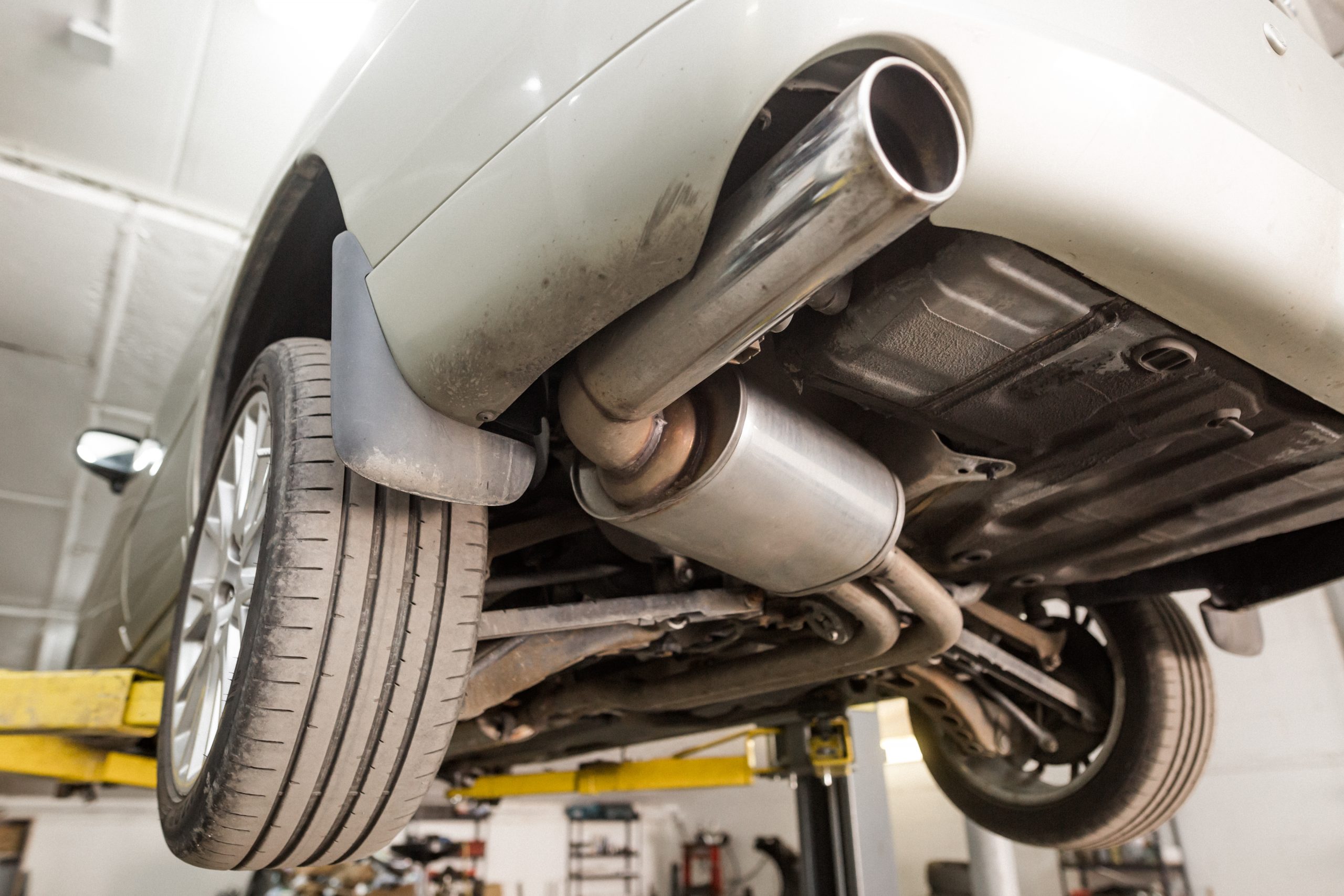
Background Briefing: Weight vs Footprint
Two-page background briefing on why new car CO2 targets should not be linked to vehicle weight.
In December 2007, the European Commission proposed the introduction of legally-binding fuel efficiency standards for new cars. The proposed law says the average new car sold in Europe in 2012 should emit no more than 130g CO2 per kilometre as measured on the official EU test- cycle.
T&E believes, and has long argued, that a single, legally binding, fleet-average standard is the best way of achieving the goal for new car CO2 reductions.
But in addition, the Commission’s proposal says that CO2 limits should be differentiated according to the type of car and that the so-called ‘utility parameter’ used to define the targets should be the car’s weight. In simple terms the proposal says heavier cars should get easier (higher) CO2 standards and lighter cars should get tougher (lower) ones.
This briefing argues that if a utility parameter is to be used, it should not, under any circumstances be based on weight, but rather on the car’s footprint (the area between the four wheels). The negative implications of weight- based standards are described below. Every one could be avoided if Europe opted for a single fleet-average target, or footprint-based targets.
